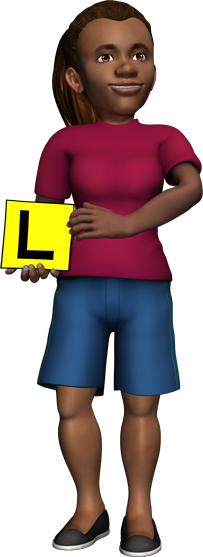It’s always best to avoid driving at times
you’d normally be sleeping. Driving at night can be extra tiring. You can't see
the road ahead as well as you can in daylight.
- Keep your windscreen and headlights clean.
- Always turn your headlights on.
- If there are no cars in front, travel with your high beam on. To avoid dazzling other drivers, dim your high beam if a car is coming towards you, or if you're behind another car.
- If you break down, turn on your hazard lights. If possible, pull off the road. Try not to stop just over a hill or just around a bend in the road. It will be difficult for other drivers to see you.


